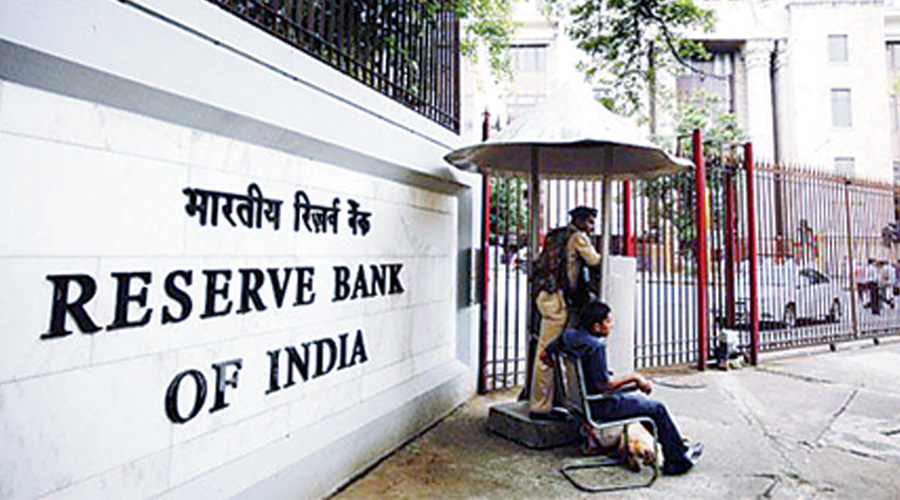The Reserve Bank of India (RBI) on Tuesday fine-tuned its prompt corrective action (PCA) framework under which restrictions are placed on weak banks to restore their financial health.
Under the new framework, the banking regulator removed the criteria of profitability and replaced it with leverage ratio, or the percentage of capital that a bank has relative to its total exposure.
PCA was introduced in 2002 and revised in 2017 with three parameters to identify weak banks: capital adequacy, asset quality and profitability.
The three parameters had three thresholds.
If a lender breaches the thresholds, it will come under PCA with restrictions varying according to the severity of the breach indicated by the thresholds.
In its latest rejig, the RBI has retained the parameters of capital and asset quality.
The RBI said the framework would apply to all banks in India including foreign lenders operating through branches or subsidiaries. Payment banks, small finance banks and regional rural banks have been excluded from PCA.
Initially there were close to a dozen lenders under PCA. While most of them have exited the framework, only Central Bank of India remains under PCA.
The threshold for the new criterion of leverage has been based on the Reserve Bank of norm of 3.5 to 4 per cent capital of a bank vis-a-vis its total exposure.
Banks will breach risk threshold 1 if its leverage ratio is 50 basis points below the regulatory minimum.
Risk threshold 2 will come into play if it is more than 50 basis points but below 100 basis points of the regulatory minimum.
The third threshold will be breached if leverage is over 100 basis points below regulatory minimum.
The benchmark of the criterion of capital is a minimum capital to risk weighted assets ratio (CRAR) of 9 per cent and a capital conservation buffer of 1.25 per cent.
The RBI said breach of CRAR will trigger PCA.
On the third criterion of asset quality, the benchmark is net non-performing assets (NPAs) of banks above 6 per cent. The three thresholds have been retained with varying degree of breach from above 6 per cent to 12 per cent.
In a notification, the central bank said a lender will be placed under the framework based on the audited annual financial results and the ongoing supervisory assessment.
The RBI said it may impose PCA on any bank during the course of a year (including migration from one threshold to another in case the circumstances so warrant.
As regard exits, the regulator said the bank must not breach the risk thresholds in any of the parameters for four continuous quarterly financial statements, one of which should be audited annual financial statement subject to assessment by RBI.
It will also be based on the supervisory comfort of the RBI, including an assessment on sustainability of profitability of the bank.
Some of the curbs that are imposed on banks under PCA include restriction on dividend distribution and remittance of profits.
Banks are not allowed to set up new branches, with restrictions on capital expenditure. Its promoters may also be asked to bring in capital.
Moreover, the RBI may also look at supervisory actions such as a special audit of the bank and even resolution through amalgamation or merger.
Bank alert
RBI governor Shaktikanta Das on Tuesday asked banks to remain vigilant to any emerging signs of vulnerabilities and take remedial measures to mitigate the risks.
The Reserve Bank of India said the governor held separate meetings with the MD and CEOs of public sector banks and certain private sector banks through video conferencing.










